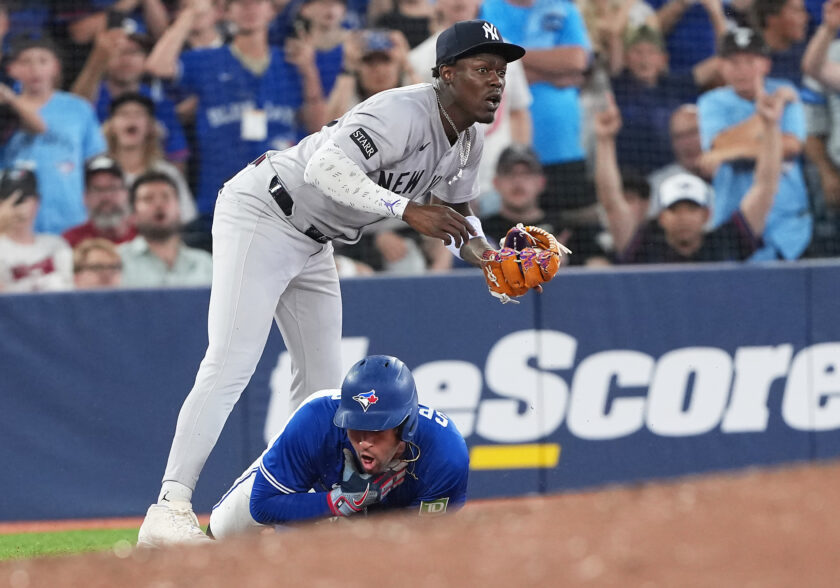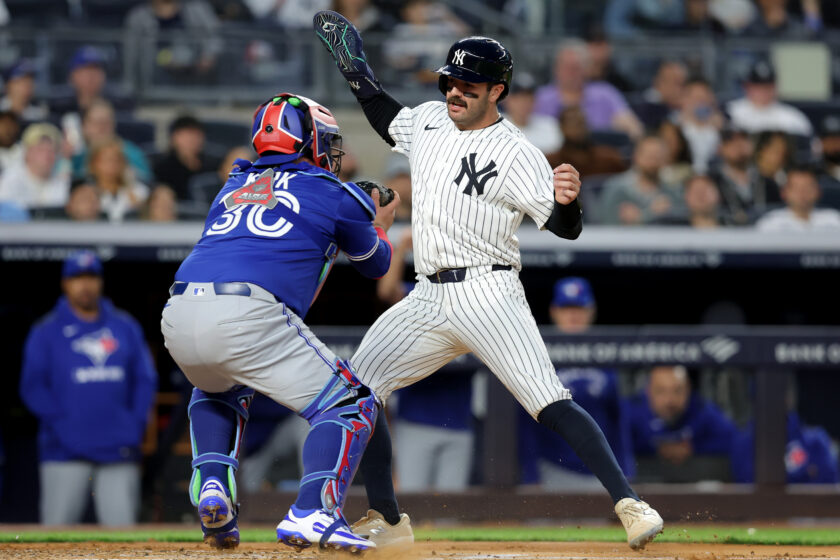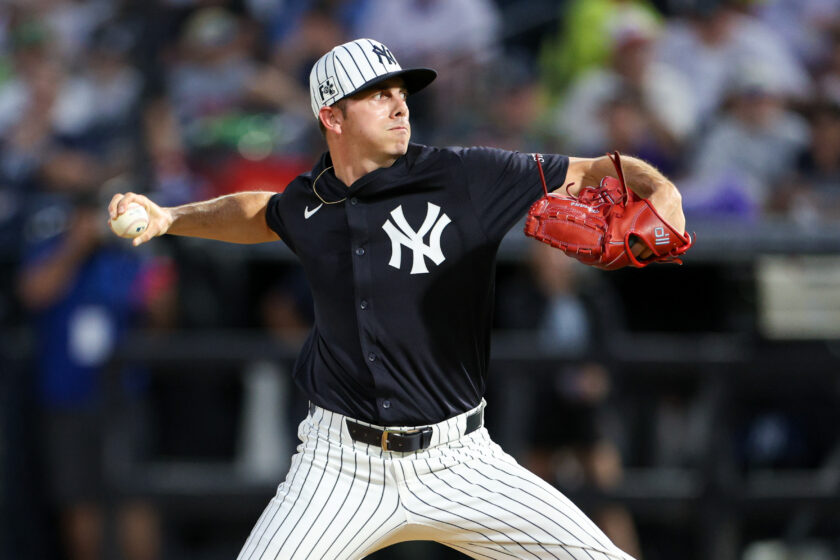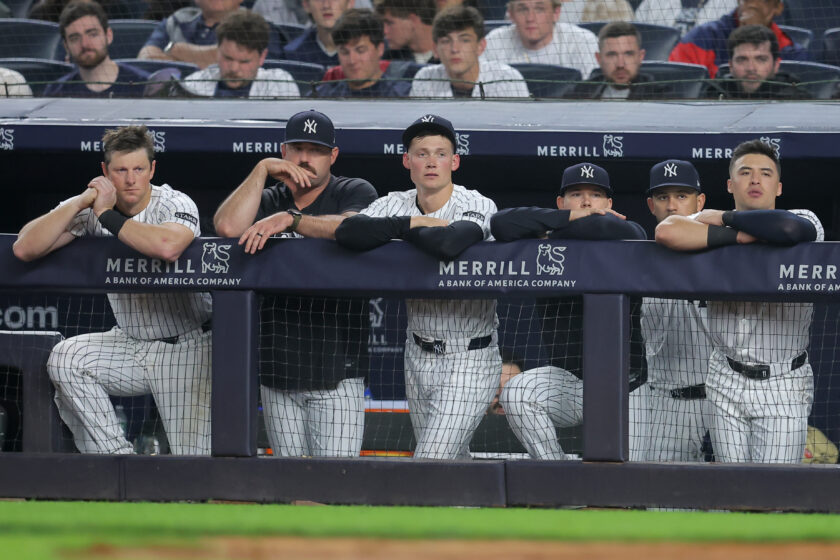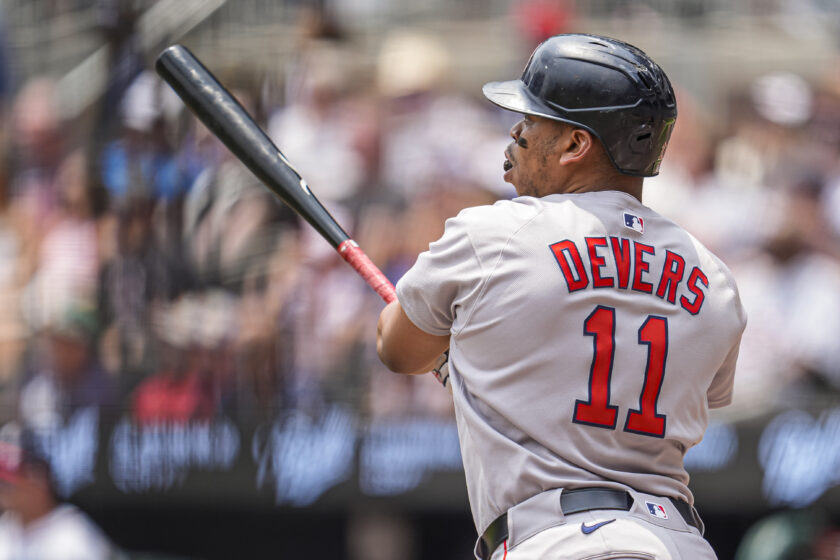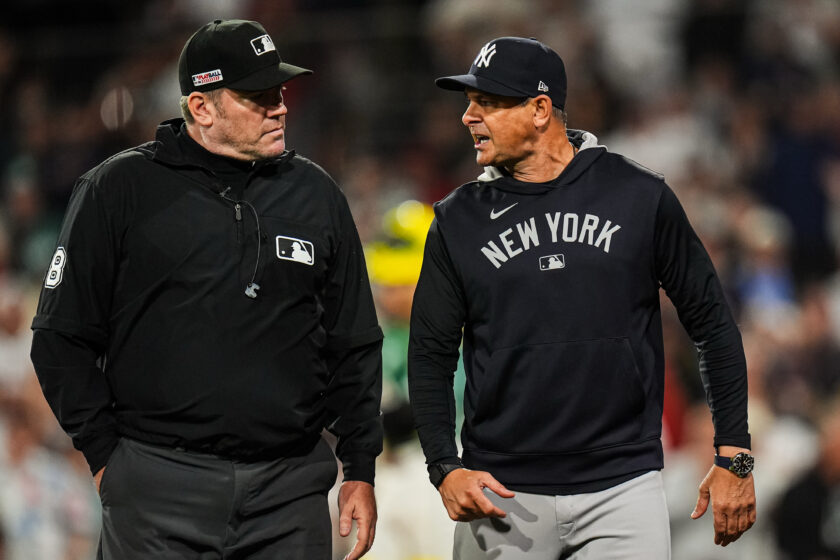New York Yankees: Bird is the word but Tyler Austin is the answer
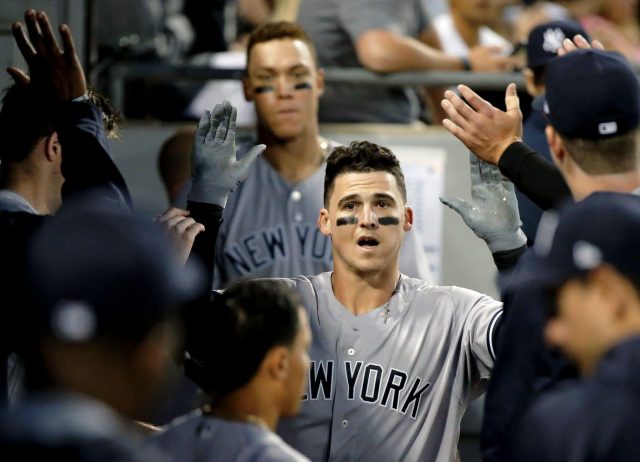
With spring training inching closer and New York Yankees first baseman Greg Bird poised for a big year, one question remains to be answered: What role will Tyler Austin have on the Yankees in 2018?
During what has been a very quiet MLB offseason in terms of free agent signings, the New York Yankees have seemingly been linked to every big-time player that has appeared on the trading block. After acquiring the reigning National League Most Valuable Player, Giancarlo Stanton, general manager Brian Cashman continued to do his due diligence and looked into other pieces to add.
With names such as Gerrit Cole, who was recently sent to the defending World Series champion Houston Astros, Manny Machado, who probably won’t be traded until the deadline this summer, and Josh Harrison, the Yankees have had discussions and made offers on anybody they believe they can get at the right price.
In these proposed and discussed deals, essentially untouchable prospects Gleyber Torres and Miguel Andujar have been asked for while packages centered around Clint Frazier and Chance Adams have been about as far as Cashman is willing to go.
[sc name=”Yankees Link Related” link=”https://elitesportsny.com/2018/01/16/written-in-the-stars-can-starlin-castro-return-to-the-yankees/” text=”Written in the stars: Can Starlin Castro return to the Yankees?” ]One name that has not been making the rounds in these trade talks is that of first baseman/outfielder/designated hitter Tyler Austin. This comes as a bit of a surprise considering the Yankees’ overwhelming abundance of outfielders and with first baseman Greg Bird being prepped for a breakout season.
Spring training is right around the corner and it seems more likely than not that Austin will be staying put. This, however, is not a bad thing. Austin could fulfill an important role for the Yankees in 2018 and have a significant impact in a year where the Bronx Bombers have sky-high expectations.
With it being clear that Austin won’t be needed in the already loaded outfield unless a few key injuries take place, his big contribution will be at the first base position.
[sc name=”Yankees Center” ]Bird, if healthy, is quite obviously going to be the starter come March. He has the potential to hit 30-plus home runs and is already being grouped with other Yankees sluggers Giancarlo Stanton, Aaron Judge, Gary Sanchez and Didi Gregorius in what is already being dubbed the modern-day Murderers’ Row. However, the key phrase there is “if healthy.”
While it’s still too early to label Bird as “injury prone,” it’s no secret he has fought some serious injury in his young career. After filling in for an injured Mark Teixeira in 2015, Bird missed most of 2017 with a nagging ankle injury.
Last year, Chris Carter was brought in as an insurance policy if Bird went down. As mentioned, Bird did indeed go down and Carter started seeing a lot of time at first. To put it simply, he was not good. In 2017, the reigning NL co-home run champ hit .201 with eight home runs, drove in 26 runs and struck out 76 times.
Carter was ultimately relieved of his duties and a carousel of players took over first base until Bird’s triumphant return. Austin was one of the first fill-ins but ultimately succumbed to the injury bug as well. Rather than go out and get someone as a backup, Austin is the best option to keep on the bench in case Bird faces injury again in 2018.
But Austin shouldn’t just be limited to a backup in case of an injury to someone else. In his brief time in the majors, Austin has proved to be solid hitting against left-handed pitching, which is something Bird doesn’t exactly excel at.
The best set of stats to look at for Bird is 2015. That was his last extended healthy period of baseball. The lefty slugger had 42 at-bats against lefty pitching. In those appearances, he had a .238 average with two home runs and seven RBIs. That same year, he excelled versus righty pitching. In 115 at-bats, he hit .270 with nine home runs and drove in 24 runs.
Bird’s struggles against lefties should be expected. He is a tall, left-handed power hitter with a big swing. He is clearly going to have some issues facing a pitcher coming from the left side. Bird has run into a few successes against lefties, like against Andrew Miller in Game 3 of the 2017 ALDS.
Austin, a right-handed batter, does not have as many major league at-bats as Bird. However, he does possess good numbers in a field where Bird lacks. In his combined appearances in 2016 and 2017, Austin had 36 at-bats against southpaws. He posted a .361 average, hit 4 home runs, and drove in 12 runs. While Bird did hit .286 against left-handers in 28 at-bats this past season, it isn’t quite an accurate representation of his game.
In a league that has a majority of right-handed pitchers, lefties are still highly valued and put on the hill often by teams. Rather than trot out Bird every single time against a lefty and watch him struggle, manager Aaron Boone could have Austin on the bench and available to slide into the lineup at a moment’s notice.
One thing the Yankees can’t do, however, is start Austin at Triple-A Scranton. At 26 years old, Austin would only be hurt by facing minor league pitching. He wouldn’t be getting any better and would only harm his development. He is at a point where he needs to be seeing major league pitchers and, even though he wouldn’t see as many at-bats in the majors, it’s the level where he belongs.
If used correctly, Austin can be an impact player in 2018 for the Yankees. With pop in his bat and an ability to hit left-handed pitchers, he has the potential to make an already deep roster even deeper.
[sc name=”Yankees Link Next” link=”https://elitesportsny.com/2018/01/18/even-without-adding-starting-pitchers-yankees-rotation-just-fine/” text=”The kids are alright: New York Yankees rotation is just fine” ]Contributing Yankees Writer | Sports Reporter for Centenary University’s “The Quill” | Centenary University ‘19

